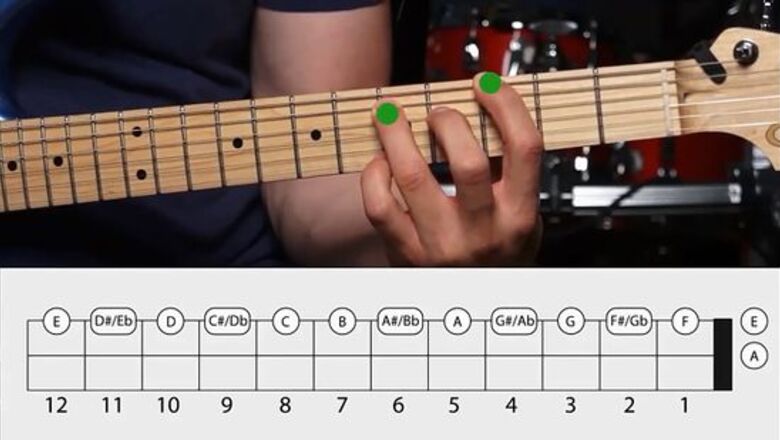
views
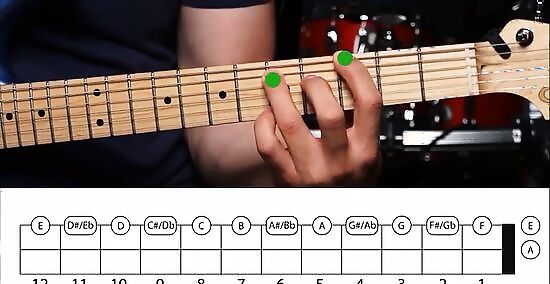
Memorize the notes on the top two strings. A power chord is simply a two to three note chord that can be used in major or minor key songs. The placement of your index finger determines which chord you are playing. So, if you're on the sixth string, third fret, you're playing a G power chord. If you're on the fifth string and fifth fret, you're playing a D power chord, and so on. This is called the chord's "root note." It dictates the rest of the chord.
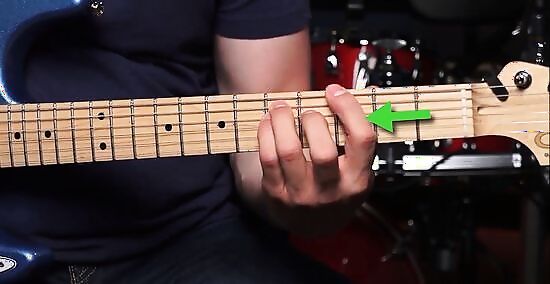
Place your index finger on your root note. Simply fret this not like you would fret any other note. Move your finger close to the fret for the best sound, holding it down with the tip of your finger. --X-- --X-- --X-- --X-- --X-- --3--
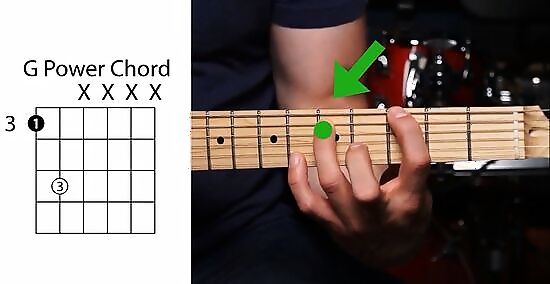
Fret the note one string down, two frets over with your ring finger. If you're right-handed, this is the note a string down and two frets to the right. If you're on the sixth string, third fret with the index finger, you want to put your index finger on the fifth string, fifth fret. --X-- --X-- --X-- --X-- --5-- --3--
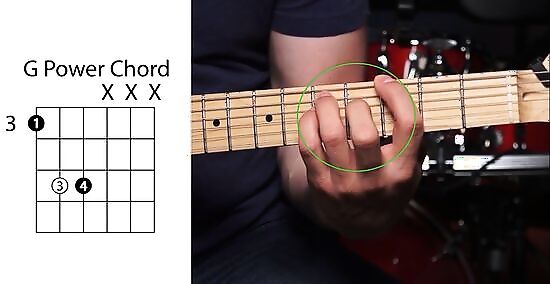
Add an octave of the root note for a fuller, richer chord. This note, playing by barring your ring finger or using your pinky, is a thicker sounding chord. However, it is a bit slower to play and doesn't always sound good with distortion. Use the two string version for faster, harder songs and the three string version for everything else. Your final chord would look like this: --X-- --X-- --X-- --5-- --5-- --3--
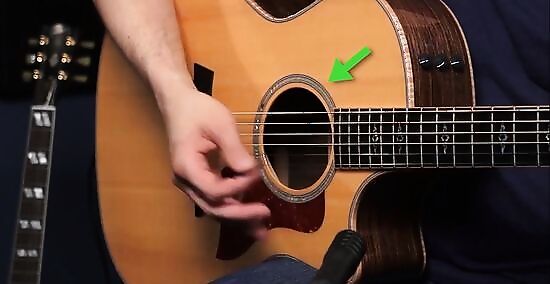
Only strum the strings you've fretted. Any string that isn't being fretted should be ignored. The exception, of course, are for power chords that start on the open E or open A string. Focus on only strumming the top strings, angling your pick slightly out to avoid the lower strings. IT can also help to let your index finger drape over the bottom strings, dampening them so they don't make noise when strummed.
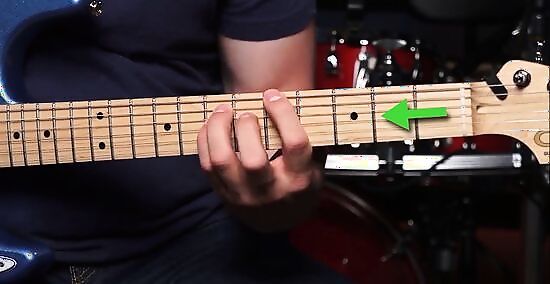
Move your root note to make any power chord on the top two strings. Once you've got this form down, all you have to do is move it to a new root note to change the chord. If you want to form a D# chord, just start on the 5th string, 6th fret, and put your ring finger on the 4th string, 8th fret. It is that easy! Power chords are usually written as a "Fifth chord," such as G5, or D#5. If you see these chords in written music, play a power chord starting at the root note, such as a G or D#.



















Comments
0 comment